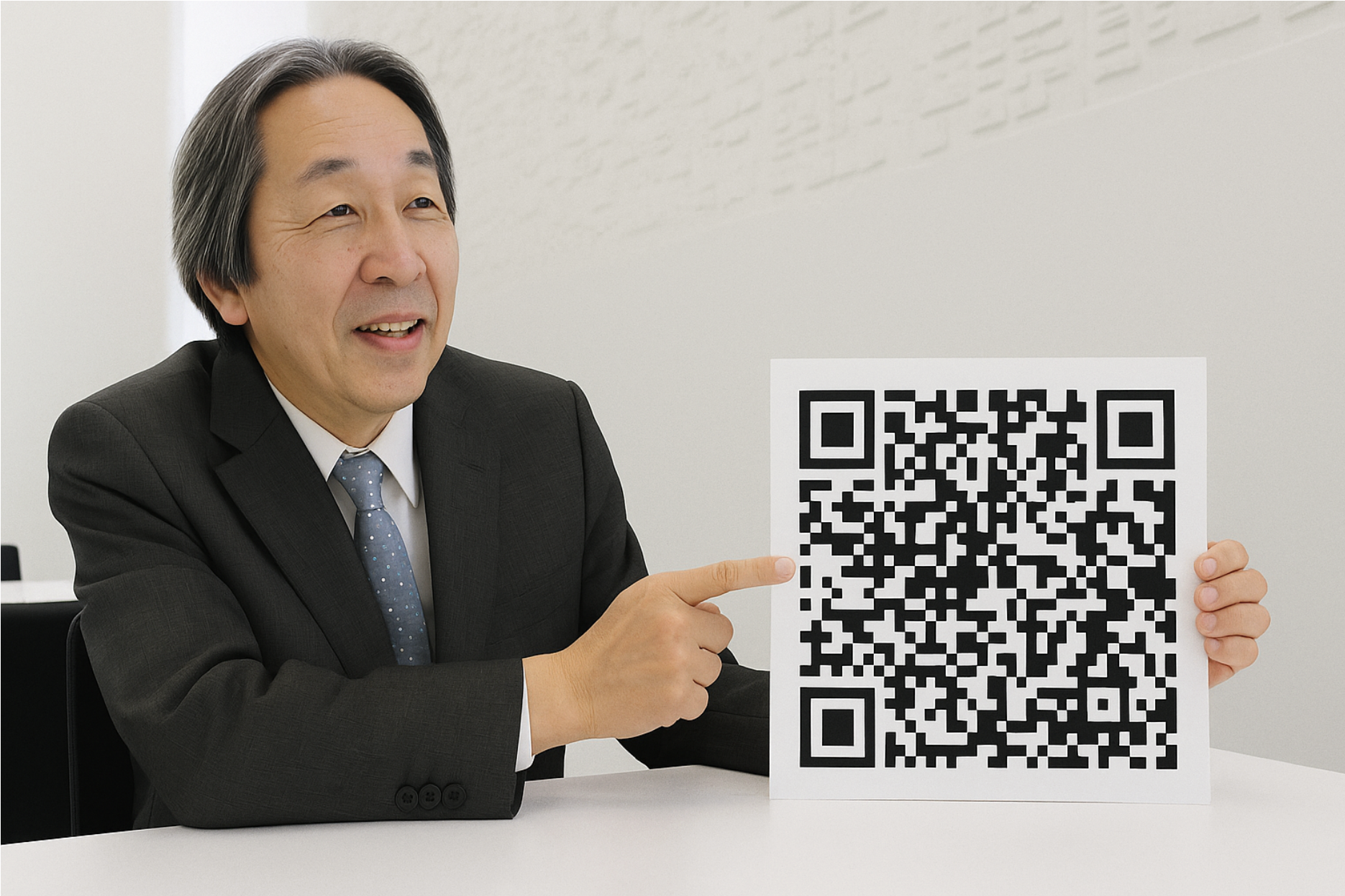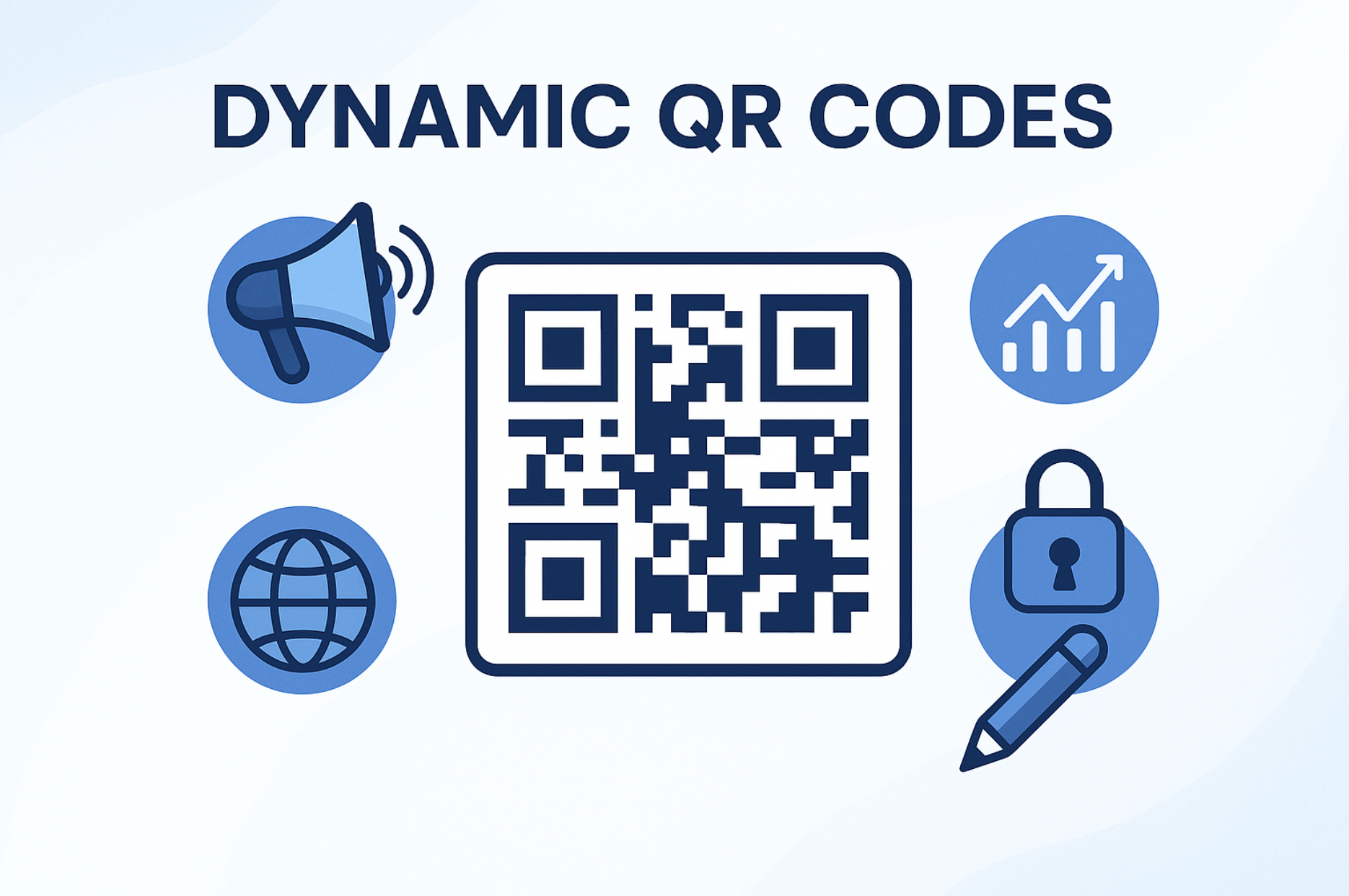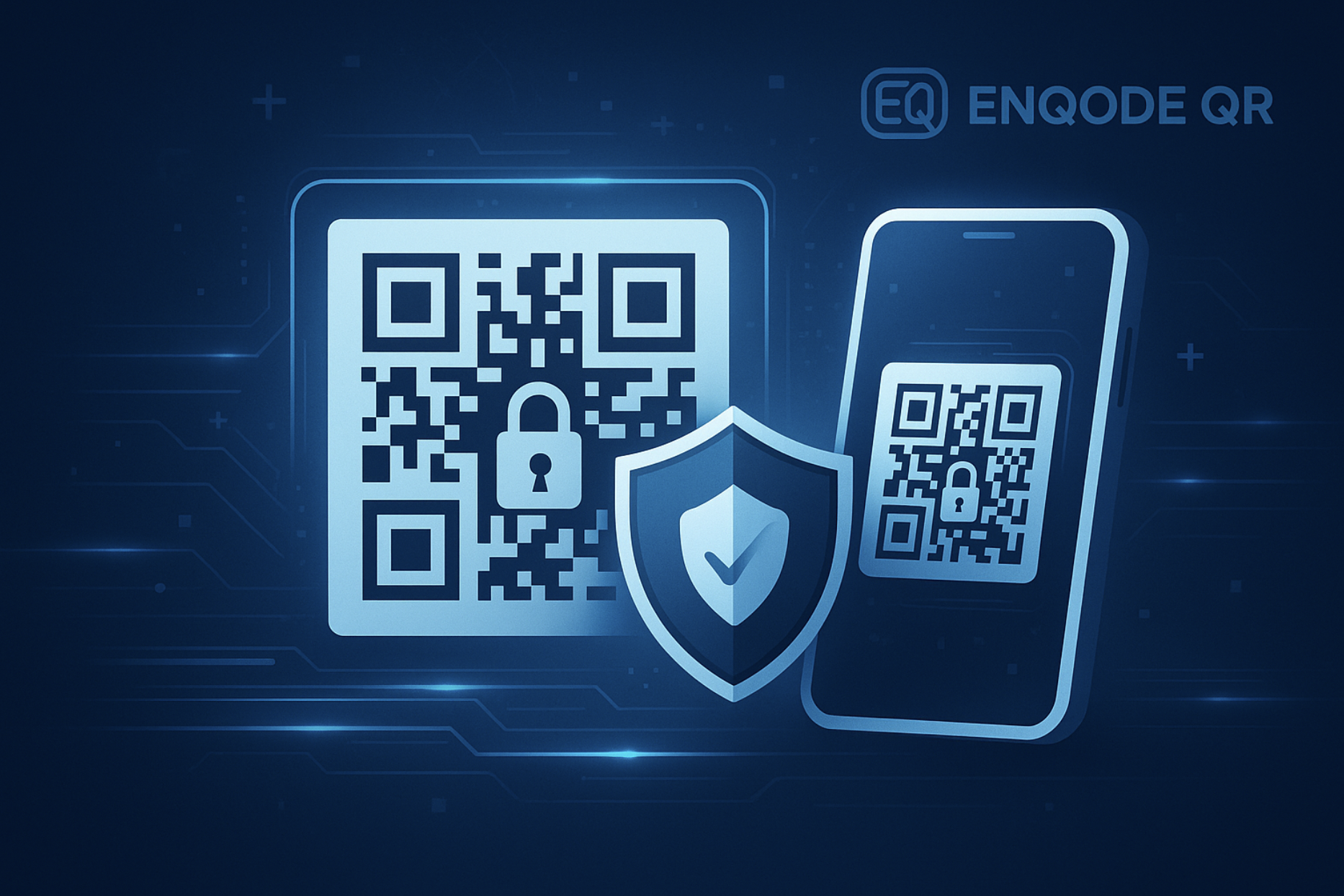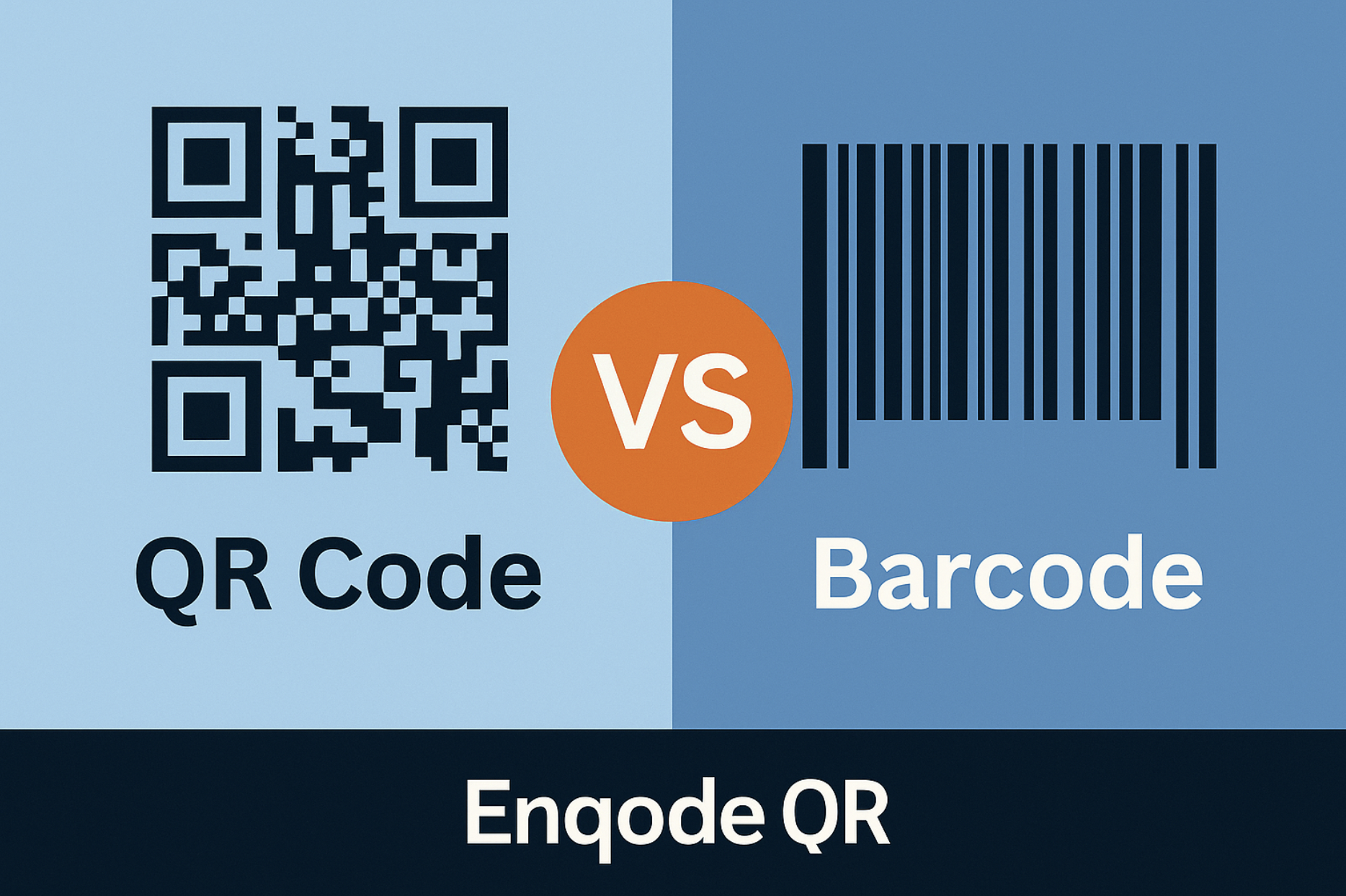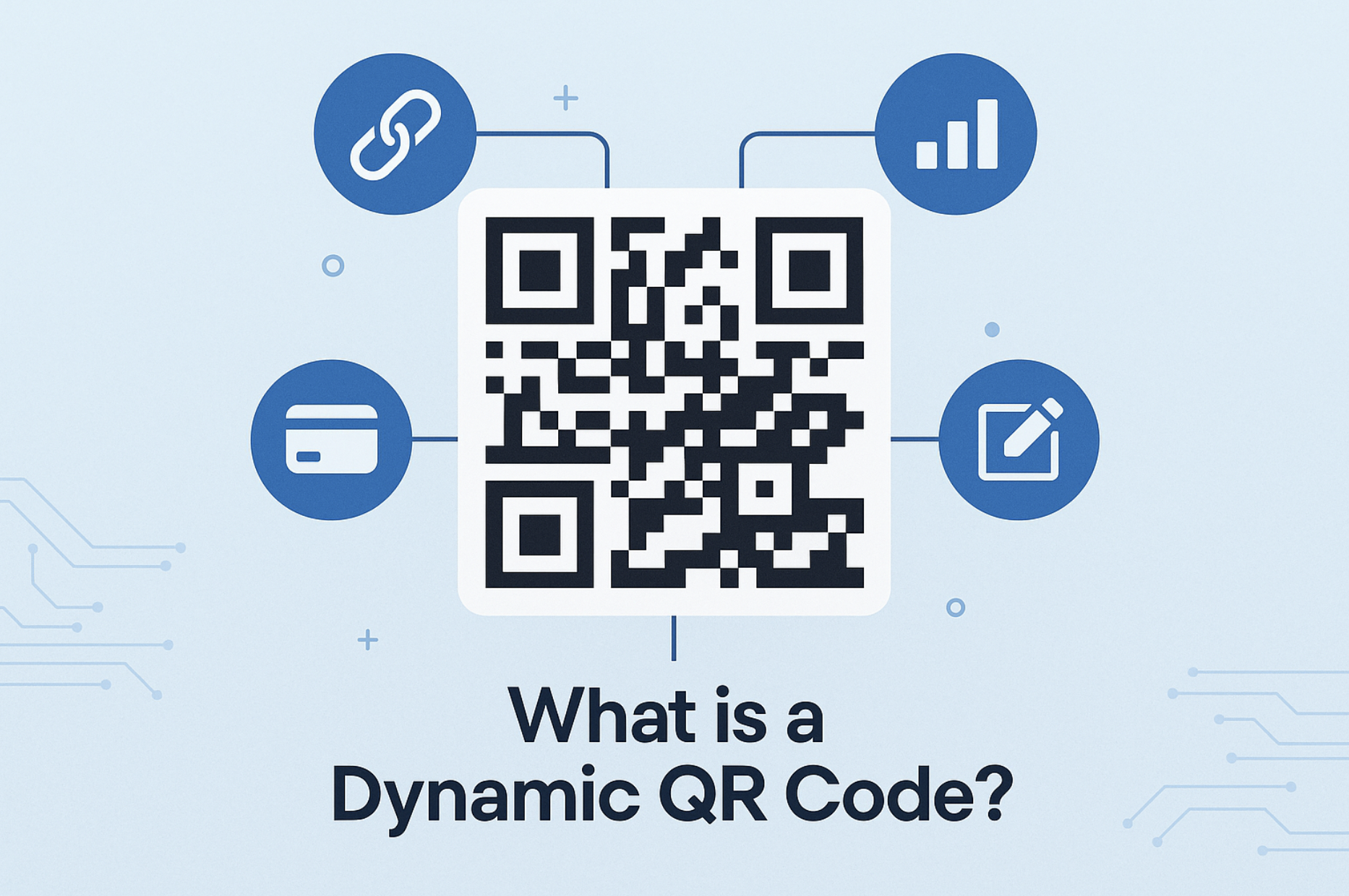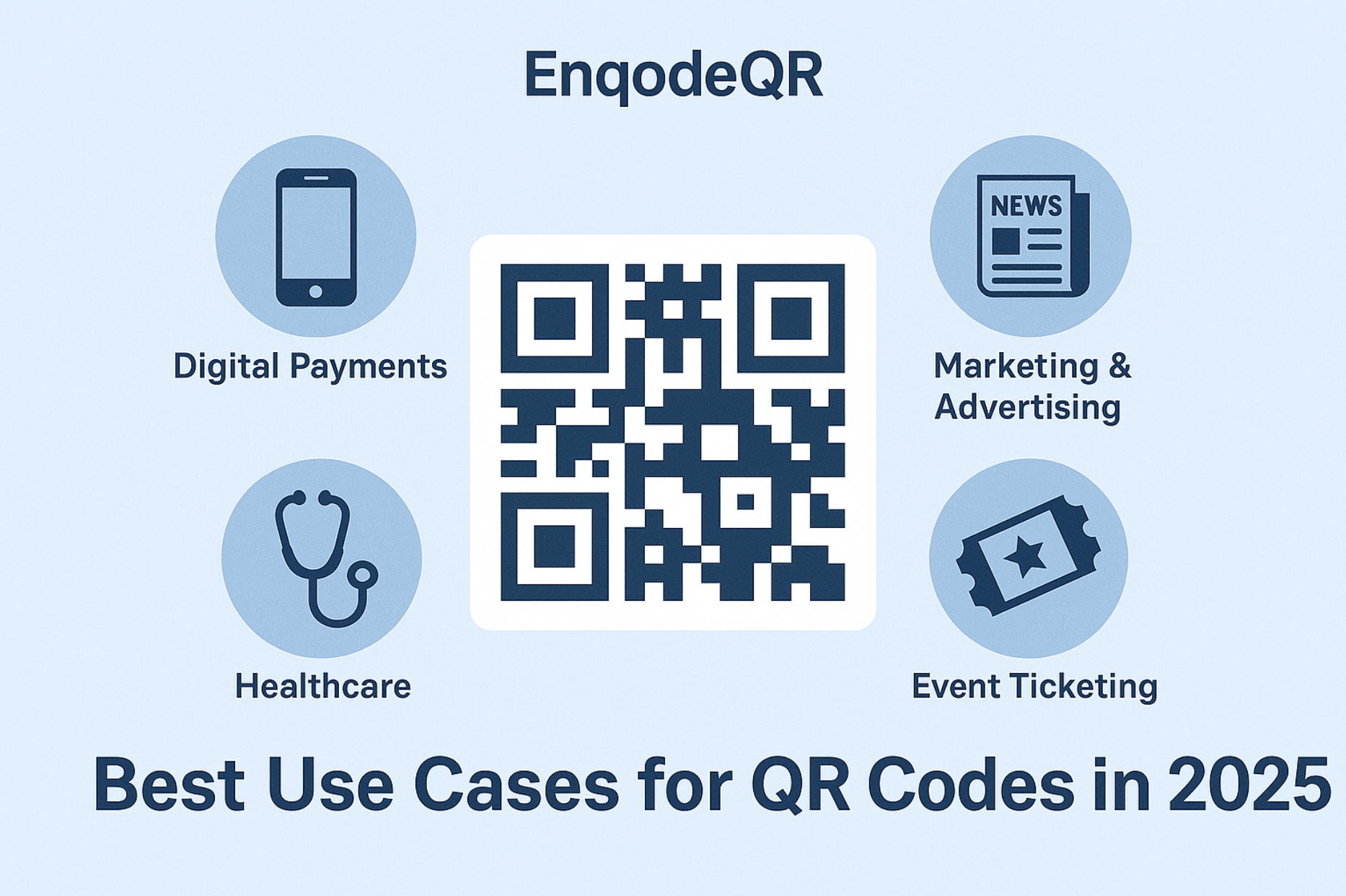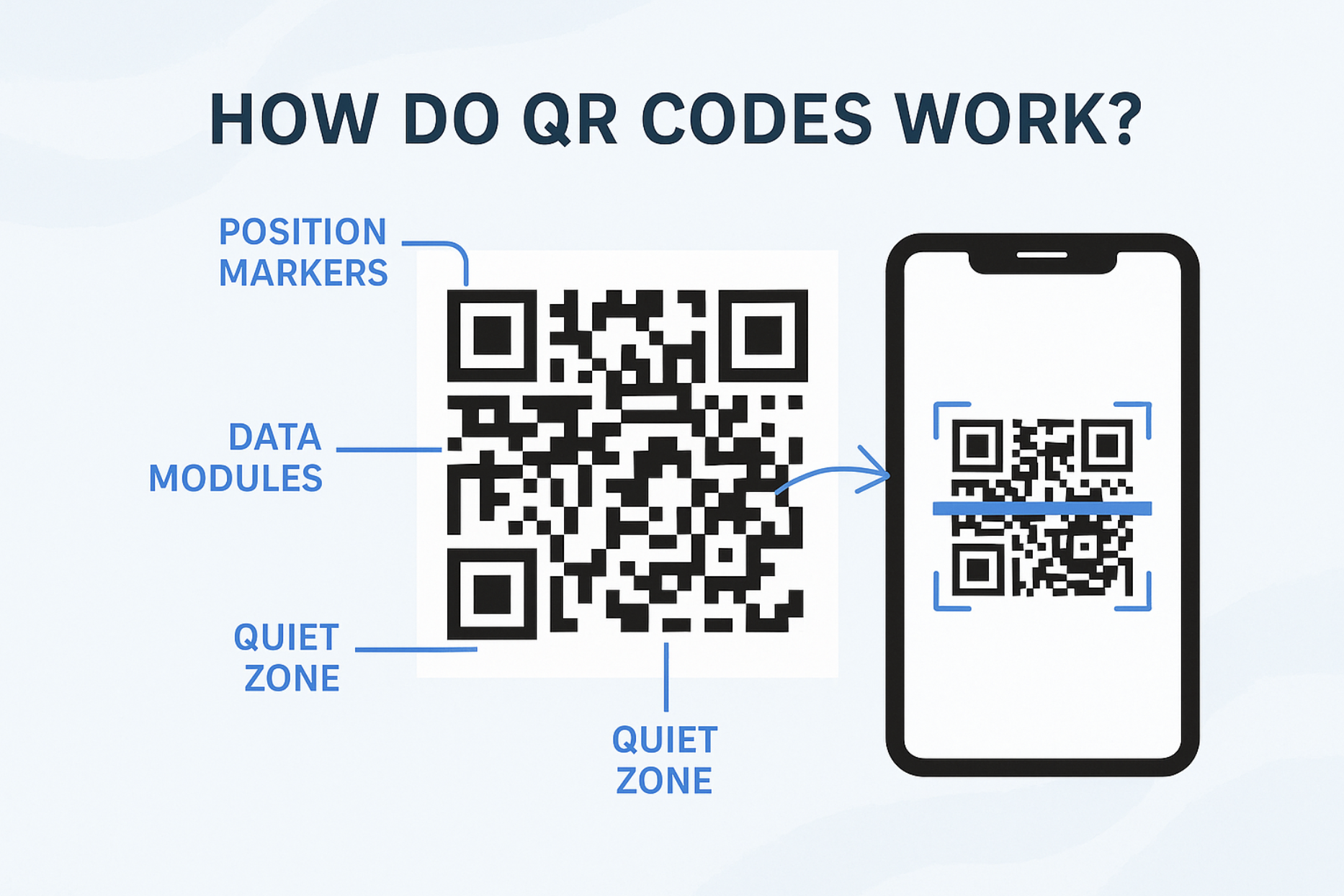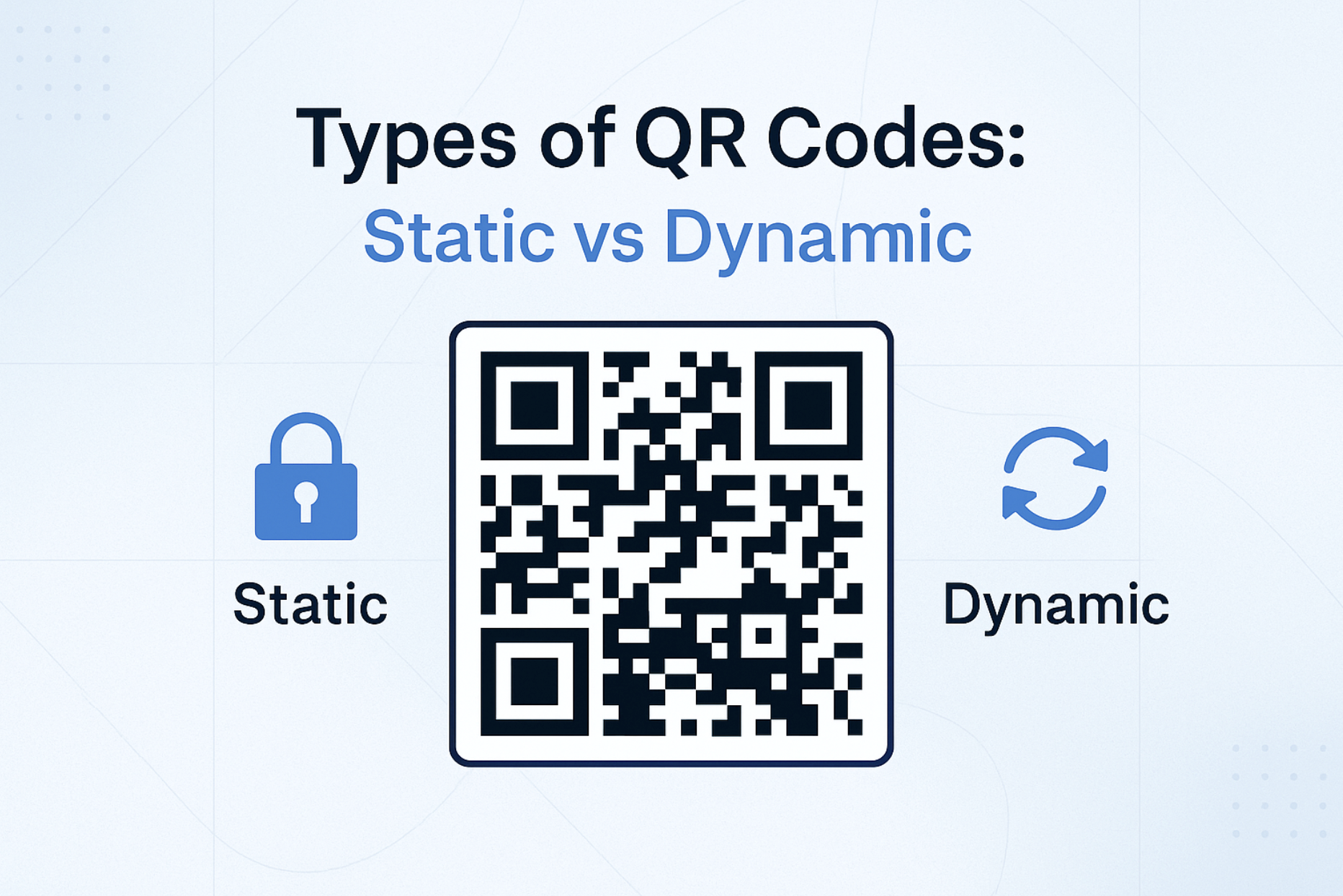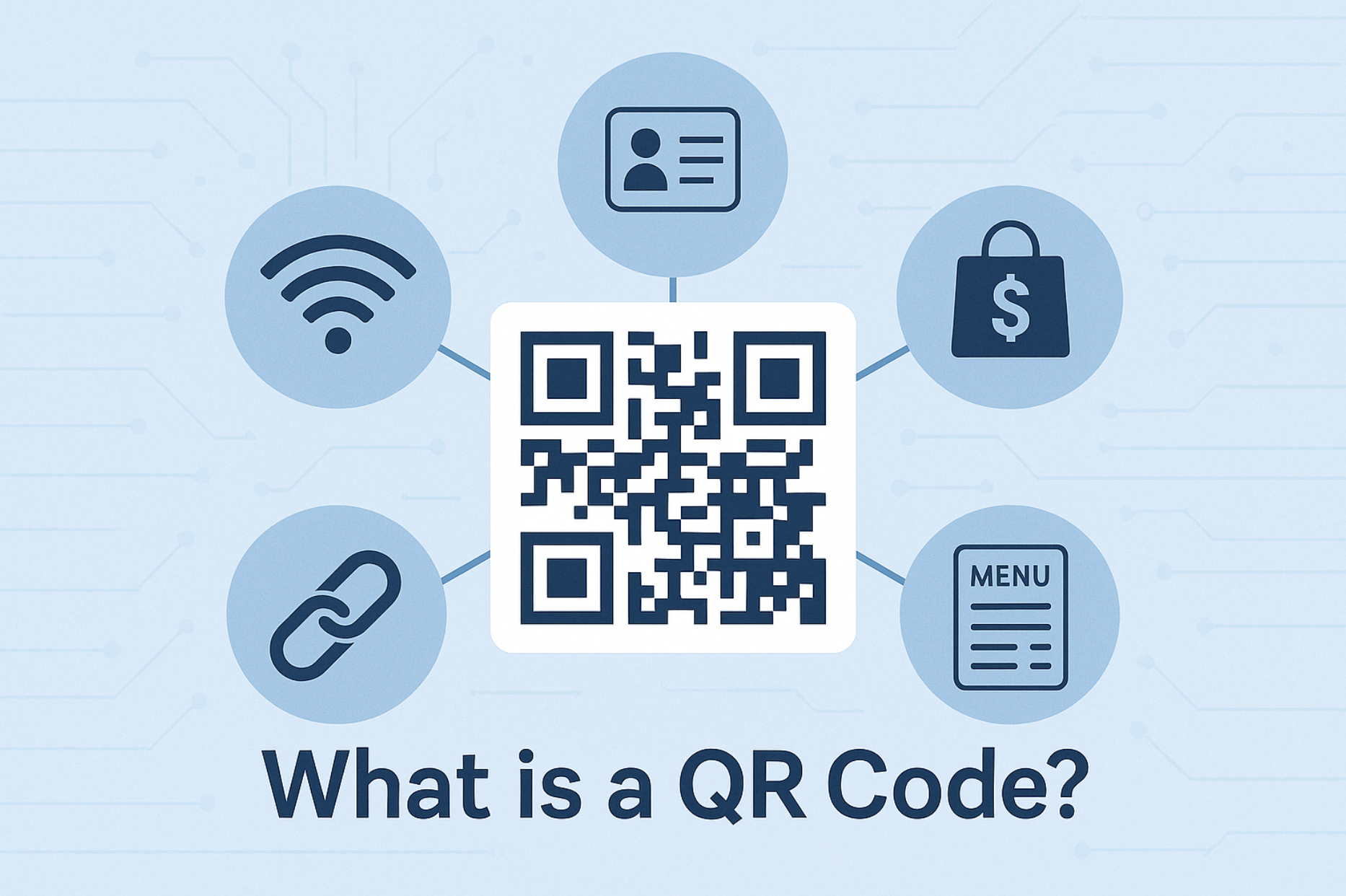Quick Summary
QR codes were invented in 1994 by Masahiro Hara at Denso Wave to solve automotive manufacturing tracking limitations. Originally designed for faster parts tracking, QR codes revolutionized data storage and scanning, evolving into the versatile digital tool we use today for payments, marketing, and contactless interactions.
Table of Contents
Introduction
QR codes are everywhere - on product packaging, restaurant menus, event tickets, and marketing campaigns. But few know the captivating story behind these ubiquitous black-and-white squares.
In this comprehensive guide, we'll explore who invented QR codes, why they were created, and how they became an indispensable part of the digital age. From their humble beginnings in automotive manufacturing to their current role in dynamic marketing campaigns, the QR code story is one of innovation and foresight.
Who Invented the QR Code?
Masahiro Hara - The QR Code Inventor
Company: Denso Wave (Toyota subsidiary)
Year: 1994
Role: Senior Engineer
Innovation: 2D matrix barcode with 360° scanning capability
Traditional barcodes were severely limited - capable of storing only 20-25 characters and requiring linear scanning. Hara revolutionized this concept by designing a 2D matrix barcode system that could store far more data and be scanned 360° from any angle.
The genius of Hara's design lay in its positioning markers - three distinctive squares that allow scanners to identify and read the code from any direction, making it incredibly versatile for industrial applications.
Why Was the QR Code Designed?
The development of QR codes wasn't just a technological advancement - it was a solution to real-world manufacturing challenges.
| Manufacturing Challenge | Traditional Barcode Limitation | QR Code Solution |
|---|---|---|
| Speed Requirements | Too slow for high-volume production | 10x faster scanning speed |
| Data Storage | Only 20-25 characters | 4,296 characters capacity |
| Scanning Direction | Required precise linear alignment | 360° scanning from any angle |
| Damage Tolerance | Unreadable when damaged | 30% error correction capability |
Design Inspiration: The Game of Go
Hara drew inspiration from the ancient Japanese board game Go (Weiqi). The distinctive positioning markers in QR codes were influenced by the Go board's intersection patterns, which helped organize the placement of positioning squares that make 360-degree scanning possible.
From Patent to Public Domain
One of the most remarkable aspects of the QR code story is Denso Wave's decision regarding intellectual property.
The Patent Decision That Changed Everything
Patent Obtained
Denso Wave secured full patent rights for QR technology
Made Royalty-Free
Chose not to enforce patent, allowing free global use
Global Adoption
Enabled worldwide innovation and integration
Impact of Open-Source Decision
Unrestricted Global Adoption
QR codes could be implemented across all industries without licensing barriers, enabling rapid worldwide expansion.
Rapid Innovation
Developers worldwide could freely improve and build upon QR technology, accelerating innovation cycles.
Mobile Device Integration
Smartphone manufacturers could integrate QR scanning capabilities without paying licensing fees.
International Standardization
Organizations like ISO/IEC 18004 could establish global standards without patent conflicts.
How QR Codes Became Global
The journey from automotive factories to global ubiquity is a fascinating tale of technological adoption.
QR Code Adoption Timeline
1990s-2000s: Industrial Use
- Automotive manufacturing
- Supply chain tracking
- Logistics management
- Inventory systems
2000s-2010s: Mobile Era
- Marketing campaigns
- Mobile payments (Asia)
- Event ticketing
- Product packaging
2020s-Present: Pandemic Boost
- Contactless dining
- Health verification
- Digital payments
- Educational resources
The Evolution Continues
Modern QR technology has evolved far beyond Masahiro Hara's original automotive tracking vision.
Platforms like Enqode QR make these advanced features accessible, empowering businesses to harness dynamic, data-driven engagement strategies. Learn more about these capabilities in our guide to static vs dynamic QR codes.
Frequently Asked Questions
Denso Wave still holds the original patent but has made the technology free-to-use globally - no royalties required. This decision has been crucial to the widespread adoption we see today.
"Quick Response" - The name reflects the speed and ease with which these codes can be scanned and decoded, which was revolutionary compared to traditional linear barcodes.
Absolutely! With contactless technology and mobile-first behaviors continuing to grow, QR codes are more useful and widely adopted than ever. They're now integral to digital payments, marketing, and customer engagement strategies worldwide.
A standard QR code can store up to 4,296 alphanumeric characters - a massive improvement over traditional barcodes' 20-25 character limit. This capacity enables them to store URLs, contact information, and even small amounts of text.
Conclusion
The story of the QR code is a powerful reminder that ingenious solutions often arise from simple manufacturing needs, evolving into transformative global tools. Masahiro Hara's foresight in designing a multi-directional, high-capacity barcode system laid the groundwork for technology that now powers everything from contactless payments to interactive marketing campaigns.
From its humble beginnings in Toyota's automotive factories to becoming an essential part of our digital infrastructure, the QR code demonstrates how open-source innovation can create lasting global impact. Denso Wave's decision to make the technology royalty-free was pivotal in enabling the widespread adoption we see today.
As we look to the future, QR codes continue to evolve with dynamic features, deeper analytics, and personalized experiences. Platforms like Enqode QR proudly build on Hara's legacy, pushing the boundaries of what's possible and helping businesses unlock the full potential of this ever-evolving technology.
Whether you're a business owner looking to implement QR codes or simply curious about technology history, understanding the origins of QR codes helps us appreciate how far we've come - and imagine where this versatile technology might take us next.


